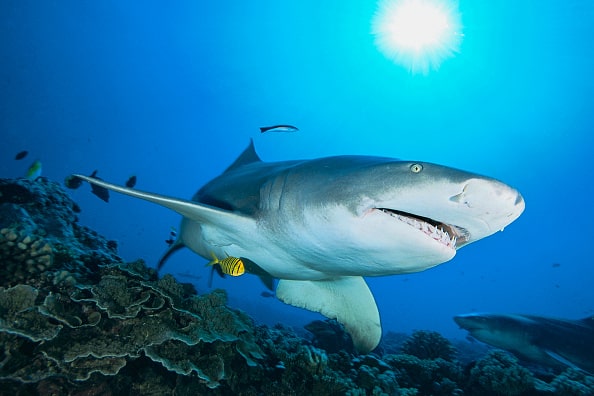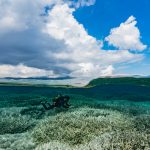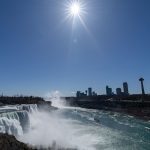Term 2 – Week 5 – Marine Life in NZ
New Zealand’s ocean area is over fifteen times the size of our land. This is an enormous area for our scientists to study and for our people to look after. However, we’re learning more and discovering new marine plants and animals all the time. Just as there are different types of habitats on land, the ocean also has a vast range of habitat types and species who live within them.
A habitat can be the size of your backyard, or big enough to cover hundreds of kilometres of ocean. It all depends on the unique conditions and features of that area. A habitat is the environment where a species lives. It provides all the food, shelter, protection, and mating opportunities for that species. You could think of your habitat as your house, your garden, and the shop where you get your food from.
Now, there are some pretty amazing examples of marine life in New Zealand’s ocean.
Let’s start with the exciting creatures we all know – Sharks. About 66 types of sharks are found in New Zealand waters ranging in size from the tiny pygmy shark which grows up to 27 cm long to the 12-metre-long whale shark.
Sea turtles also roam our waters. Although turtles breed in the tropics and subtropics, there are five species of turtle that are seen in New Zealand waters. Green and Leatherback turtles are the most common.
You might not have seen them before – but sea snakes and are occasional visitors to New Zealand’s waters, arriving here naturally from time to time on ocean currents.
New Zealand has also been known to spot the spotted black grouper – which is only found in southeast Australia, Elizabeth and Middleton Reefs, Lord Howe, Norfolk Islands, and northern New Zealand.
But life isn’t always easy for New Zealand marine life and many of them are endangered. Protected marine species include all marine mammals and reptiles; sea birds (except black-backed gulls); seven species of fish; all black corals, gorgonian corals, stony corals, and hydrocorals. These species face a range of threats such as climate change, sedimentation, disease, pollution, and bycatch in commercial and recreational fisheries.
DOC is responsible for New Zealand’s marine reserves and marine protected and threatened species. Marine protected areas are an important tool in ensuring that our marine biodiversity is maintained in a healthy state. Our marine protected areas are special places offering spectacular opportunities to see marine life, thriving and abundant in their natural environment. Activities such as sailing, kayaking, snorkelling, and diving are just some of the ways you can explore what is above and below the surface.
Critical Thinking Questions:
- Do you think catching/eating seafood is acceptable? Why/why not?
- Where are some of New Zealand’s marine reserves?
- What would happen to amazing marine life if it wasn’t protected?
Practical Thinking Questions:
- How can we help protect our marine life?
- Have you ever seen any examples of the marine life mentioned in this article? Where?
- What are some other ways to see marine life, other than the ways mentioned in this article?












This is very interesting